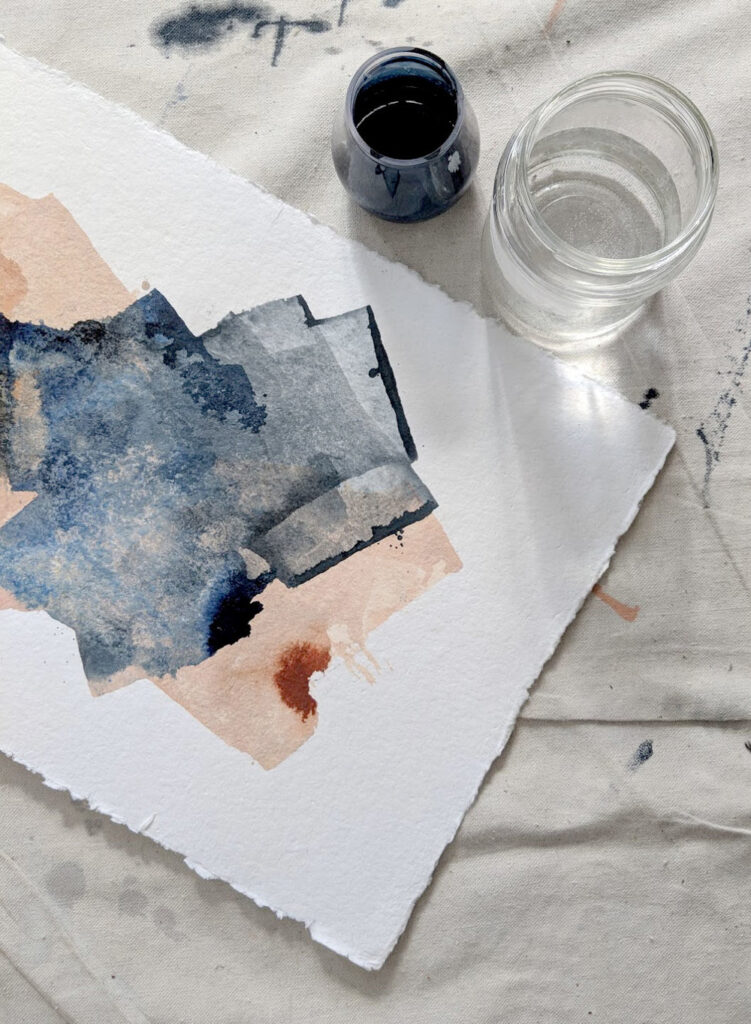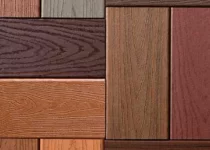Thinning Acrylic Paint
The medium of acrylic painting is a common choice worldwide. This is due to the ease of thinning acrylic paint, which also offers color and consistency changes. This enables artists to produce distinctive effects. With thinned paint, you may imitate the appearance of an oil painting or even a watercolor painting. To get these effects, all you need to know is how to thin acrylic paint properly.
You must take a few factors into consideration in order to get the proper consistency. Before we explore the many ways to thin acrylic paint, let’s take a closer look at what acrylic paint is.
Let’s see the number of topics we are going to explore in this blog:
- What is Acrylic Paint?
- Features of Acrylic Paint
- Different ways to thin Acrylic Paint
- Instructions for thinning Acrylic Paint
- Need for Acrylic Paint
- Conclusion
What is Acrylic Paint?
A synthetic resin holds the pigment in acrylic paint. When it came time to paint their outside murals, a group of artists working in Latin America in the 1920s needed paint that would dry rapidly and be resistant to shifting weather conditions.
Over the course of the next 30 years or so, research on plastic resins and polymerization—the joining of two identical molecules to produce a single large molecule that greatly increases the strength of the substance—was conducted in commercial laboratories in an effort to develop the perfect acrylic resin.
Artists and scientists collaborated extensively to improve the paint, and in the middle of the 1950s, an American business, Permanent Pigments, introduced Liquitex Soft Body, the first commercially available water-based acrylic paint.
Today’s high-quality acrylic paint will contain a high pigment content, a flexible yet very strong binder, and a variety of accompanying mediums that increase its adaptability.
All acrylic paints have the common advantage of having a quick and uniform drying time, which not only enables the artist to work quickly and transport artwork quickly after it is finished, but also ensures that all layers dry at the same time into a flexible film, preventing paint from cracking even when rolled and stored for a long time.
Water can be used to thin all acrylic paint, but once it has dried, it is water-proof. Because of this, it is the ideal paint for children’s and craft projects as well as an artist’s medium. Like with Oil and Watercolor, there are an artist and student ranges that are both pigment-based.
In addition, there are numerous varieties of craft acrylic that are dye-based and do not have a binder that is as strong and adaptable as acrylics for painting. It can be applied directly from the tube, thinned with water or other mediums, combined with textural materials for sculptural effects, made to take on a glossy or matte finish, thinned for airbrush use, painted onto wood, air-dried clay, fabric, and other surfaces.

Features of Acrylic Paint
- while moist, soluble colors.
- When dried, colors are permanent, water-insoluble, and flexible. Built-up surfaces won’t ever develop chips or cracks. less adaptable when it’s chilly. Softer in warm temperatures.
- Evaporation-based air drying Films of thin paint: 10–20 minutes. Films of thick paint: 1 hour to 3 days.
- A dry acrylic painting’s surface can be gently washed with soap and water.
- Maintain wet brushes. Use soap and water to wash your hands, brushes, and palette.
- No fumes, little smell, and inflammable. utilizes non-toxic mediums and thinners.
- Do not combine with oils or turpentine. Mix only with additional acrylic emulsion mediums or paints.
Different ways to thin Acrylic Paint
- Using water to thin acrylic paint
The query of whether acrylic paint can be diluted with water has already been answered. The best, simplest, and most affordable method for thinning acrylic paint is this one. However, you must be careful how much water you consume because too much or too little can lead to unwanted issues. The most popular ratio is 50% water to paint, while other people claim 30% is adequate.
You may not always necessary to adhere to a ratio: When your canvas is painted without gesso, you do not need to adhere to a percentage ratio.
- using watercolor paper
- surfaces of wood without primer
- any receptive surface
- As a Medium Thinner for Acrylic Paint
Beginners might want to consider using a thinning medium instead of water as some painters prefer to do so. When mixing water, exact measurements are necessary; even the slightest error could ruin the entire mixture. Underground paint is a result of water having an impact on the paint’s binding capabilities. Your paint will start to flake off the wall.
A better option could be to use an acrylic painting medium, such as an airbrush medium. The airbrush medium is simple to use and has a consistency akin to water. Add your paint after transferring the medium to a container. You’ll get smooth, thinned paint right away.
When mixing with an acrylic thinning medium, you do not need to employ a ratio or percentage. By doing this, you can prevent your paint from starting to peel off the surface. It will adhere to the surface thanks to the thinning medium, which also serves as a primer for additional coats of paint.
- Acrylic Binder and Acrylic Paint Diluting
Water can simply be substituted with an acrylic binder, which has no effect whatsoever on the qualities of the paint, including color intensity. Any paint on the market should work because the acrylic binder is a component of the paint in any case.
Your paint’s viscosity will be reduced by adding a binder, making it more liquid. The binder has a few other benefits in addition to not degrading the paint pigments. The paint will absorb less into a substrate if there is more binder added. When the paint has dried, it will also be more radiant and shiny.
You can then add a shine when the paint has dried, to enhance your painting further.

Instructions for thinning Acrylic Paint
- Guidelines for Acrylic Paint Diluting with Water
Use distilled water whenever possible because tap water may include impurities that will damage your artwork.
Just a little paint and water should be used at once. Considering how rapidly acrylic paint dries, using too much could result in paint waste.
It is advised to use 30% water added to your paint when painting on a primed canvas or another non-absorbent surface.
The quantity of water does not matter when painting on an absorbent surface because any surplus is absorbed and the pigment will stay on the surface.
You won’t need to be concerned about the binding characteristics of the paint being impacted if you use less water than 30%.
- Guidelines for Using a Thinning Medium When Diluting Acrylic Paint
Always read and carefully follow directions.
For best results, avoid buying cheap products and invest a little more in high-quality thinning mediums.
- Using an Acrylic Binder: Guidelines
There is only one piece of advice for utilizing a binder: attempt to keep the acrylic binder content around 50%. Simply put, this aids in preserving color intensity.
Need for Thin Acrylic Paint
The process of adding water or another medium to acrylic paints is known as thinning. The paint will gradually get lighter and more viscous as a result of this process. When the consistency of acrylic paint is too thick for your tastes or needs, you can thin it. Acrylic paints can be thinned in order to achieve a different consistency, gently change the hue, or produce other effects.
Acrylic paint that has been diluted, for instance, may even resemble watercolor. Acrylic paint can also be thinned before being poured onto a canvas to try your hand at producing abstract art. Does the question arise what is an acrylic medium? Here is the answer:
To improve the qualities of acrylic paint, a material known as an acrylic medium is added. There are numerous media that can be used in numerous different ways. You can combine acrylic media with acrylic paint to speed up drying, alter consistency, or alter the texture.
Additionally, mediums can alter the finish of acrylic paints and improve their UV resistance. There are three media that work well for thinning acrylic paint when using acrylic mediums.
When thinning down acrylic paint, pouring medium, acrylic binder, and thinning medium can all be used. Further down in this article, we go into more detail about each of these thinning options and highlight our product recommendations for each.

Conclusion
Perhaps you used too much paint, and some of it has already begun to dry out. Add additional water and acrylic binder to this to make it better. Once you’ve stirred, you should be able to use the paint once more. However, you won’t be able to do this once the acrylic paint has fully dried. You can do anything to assist avoid this, simply cover the paint with a damp piece of paper or spritz the paint with a little water to slow down the progression of drying.

Being associated with art and craft field since decades as a hobbyist and life long learner has given me an opportunity to learn many new things related to art, craft, paints and pottery which i am trying to share with your guys on this website. I have expertise of being professional painter and potter for the last 20+ years
I have learned mind blowing cool tips and insights which makes me a person with ability to improvise and come up with creative ideas and solutions to make stunning and impeccable art pieces of all types which are adored by people across the globe on this website and other platform.


